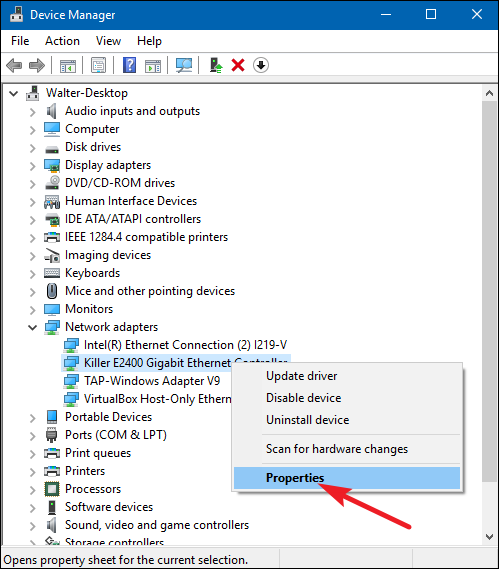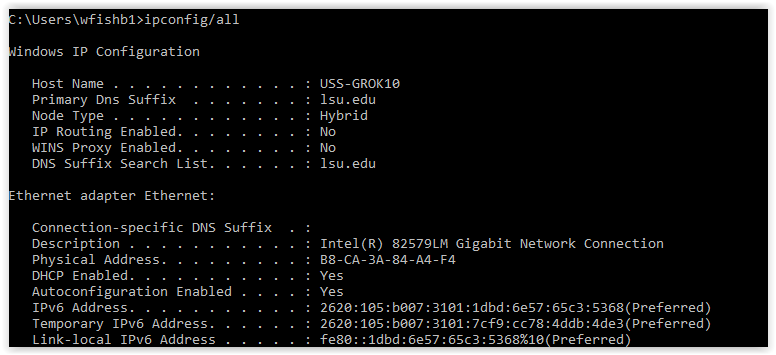

Version 1.11 - Added 'My MAC Addresses' button to get information about the MAC Addresses of your network adapters.Version 1.12 - Added /sort command-line option.Version 1.13 - Updated the internal MAC Address lookup database.When this option is turned on, the column names are addedĪs the first line when you export to csv or tab-delimited file. Added 'Add Header Line To CSV/Tab-Delimited File' option.When it's turned on, the odd and even rows are displayed in different color, to make it easier to read a single line. Added 'Mark Odd/Even Rows' option, under the View menu.Added option to load all MAC Address records stored in the database.Fixed issue: Dialog-boxes opened in the wrong monitor, on multi-monitors system.Fixed MACAddressView to load the external oui.txt with extra spaces on every line.Updated to accept MAC addresses in XXXXXXXXXXXX and formats.Removed the 32 KB size limitation from the main text-box in the 'Find MAC Address Records' window.


Ipconfig/showclassid Displays all the DHCP class IDs allowed for adapter. Ipconfig/displaydns Displays the contents of the DNS Resolver cache. Ipconfig/registerdns Refreshes all DHCP leases and re-registers DNS names.

Ipconfig/flushdns Purges the DNS Resolver cache. Ipconfig/renew6 Renews the IPv6 address for the specified adapter. Ipconfig/renew Renews the IPv4 address for the specified adapter. Ipconfig/release6 Releases the IPv6 address for the specified adapter. Ipconfig/release Releases the IPv4 address for the specified adapter. Ipconfig/allcompartments Displays information for all compartments. Ipconfig/all Displays All configuration information. Details about the MAC Address and the Physical Address for ALL Ethernet Adapters, Wireless Adapters, and Tunnel Adapters will display. In the Command Prompt, type the following command and press the Enter key: ipconfig/allĥ. If you see Multiple MAC Addresses listed, you may want to run another command to see more details. The Transport Name: This is the location of the Network Adapter.Ĥ. The Physical Address: This is a 12-digit number also known as the MAC Address of your Network Adapter. The MAC Address for each network card in the computer will display in the Command Prompt window. In the Command Prompt, type the following command and press the Enter key: getmacģ. NOTE: You may also open Command Prompt by pressing Windows key + R, then typing cmd and pressing Enter.Ģ. Click on the Command Prompt, displayed in the search results. Type Command Prompt in the search box and press Enter.ī.
#HOW TO FIND MAC ADDRESS IN WINDOWS 7 WINDOWS 7#
To find the MAC Address on a Windows 7 or 10 Computer:Ī.


 0 kommentar(er)
0 kommentar(er)
